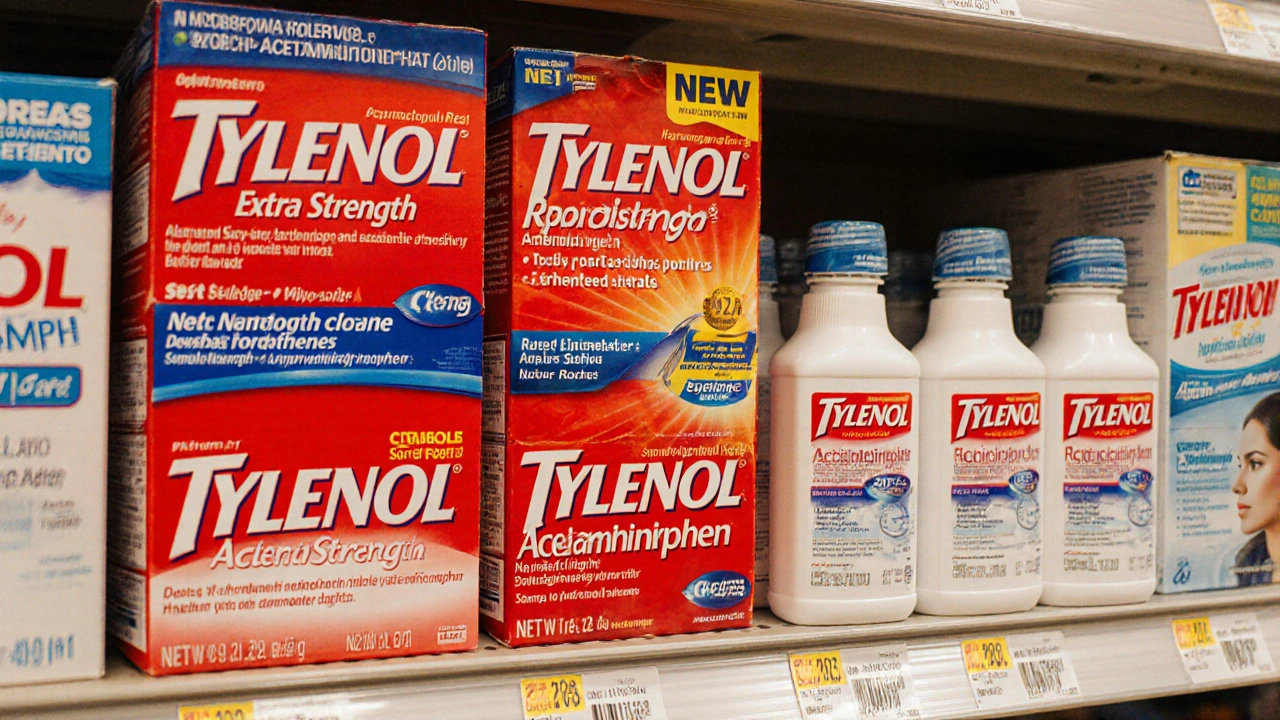Autism Risk – What It Means and How to Act
When talking about autism risk, the probability that a child will develop autism spectrum disorder based on genetics, environment, and early life factors. Also known as ASD risk, it signals a need for awareness and proactive steps.
Key Drivers Behind Autism Risk
One major driver is genetic factors, inherited DNA variations that raise the likelihood of autism. Studies show siblings of autistic children have a 10‑20% higher chance, highlighting a clear genetic link. Another crucial piece is environmental exposure, prenatal or early‑life conditions such as maternal infection, pollutants, or nutrition gaps. Both genetics and environment influence each other, creating a complex risk profile.
Early detection screening tools, standardized checklists and pediatric assessments used before 24 months are essential because they can spot subtle signs like reduced eye contact or delayed speech. When these tools are applied promptly, families can access intervention strategies, therapies such as ABA, speech, and occupational support that improve outcomes. In short, autism risk encompasses genetic factors, requires early detection, and benefits from targeted interventions.
These connections form the backbone of the articles you’ll find below: we cover everything from the science behind hereditary markers, to how air quality and prenatal care affect risk, to practical tips for spotting early signs and choosing the right therapy. Whether you’re a parent, teacher, or health professional, the collection offers actionable insights that can help you understand and manage autism risk better. Dive in to see real‑world examples, recent research findings, and step‑by‑step guidance that translate knowledge into everyday choices.
Acetaminophen Pregnancy Safety: What Doctors Say About Tylenol and Autism Risk
New research has sparked fresh debate over the safety of acetaminophen (Tylenol) in pregnancy. While a meta‑analysis of 46 studies hints at higher autism and ADHD rates, a massive Swedish sibling study finds no link. Major medical bodies still back its use when needed, urging the lowest effective dose. Expectant mothers should discuss any medication with their clinicians.

